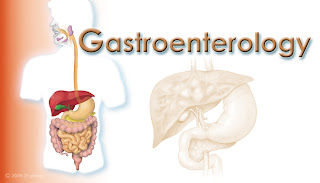OMICS Publishing Group conducts these type of conferences across the world. Blepharoplasty is a treatment which removes excess folds of
skin in the upper lids which is under the eyes. To improve your appearance or
your eyes or both, surgery treatment usually is a very attractive way and gives
you a more relaxed and younger look. Sometimes, blepharoplasty is associated
with a process known as a brow lift. Blepharoplasty can be conducted on one
eyelid or on both. These all are generally done by a physician. Blepharoplasty
can have an impact on your eyelids, i.e., more relaxed and overall look.
Blepharoplasty is one of the most fulfilling facial cosmetic techniques because
restoration is short-lived while results are long lasting. Some of the types
are:
Upper Eyelid Surgery:
If the upper eyelids are dropping extremely or are swollen
and inflated as a result of unwanted fat cells, it can impact negatively on a
person's appearance, self-esteem, and confidence. With upper eyelid surgery,
unwanted skin and fat cells are removed and the skin which is remaining on the
upper eyelid can be drawn firm and raised so that it appears healthier and younger.
To reduce or remove visible scarring, the incision will typically be placed in
the upper eyelid.
Lower Eyelid Surgery:
Puffy or sagging reduce eye lids, as well as persistent fat leftovers,
can be corrected through lower eyelid surgery treatment. The surgery can be
done directly after making an incision within the lower eyelash so that it is
invisible from vision, excess skin and fat tissue is removed; if necessary, fat
can also be reassigned to generate a more even and good appearance. A specific
opportunity of the process is determined by the customer's desires as well as
the level of his or her eyelid droop. Lower eyelid surgery treatment can have an
impressive effect on the appearance of a person. Due to these surgeries there are some
complications like infections, Blood clots, Dry eyes etc.




